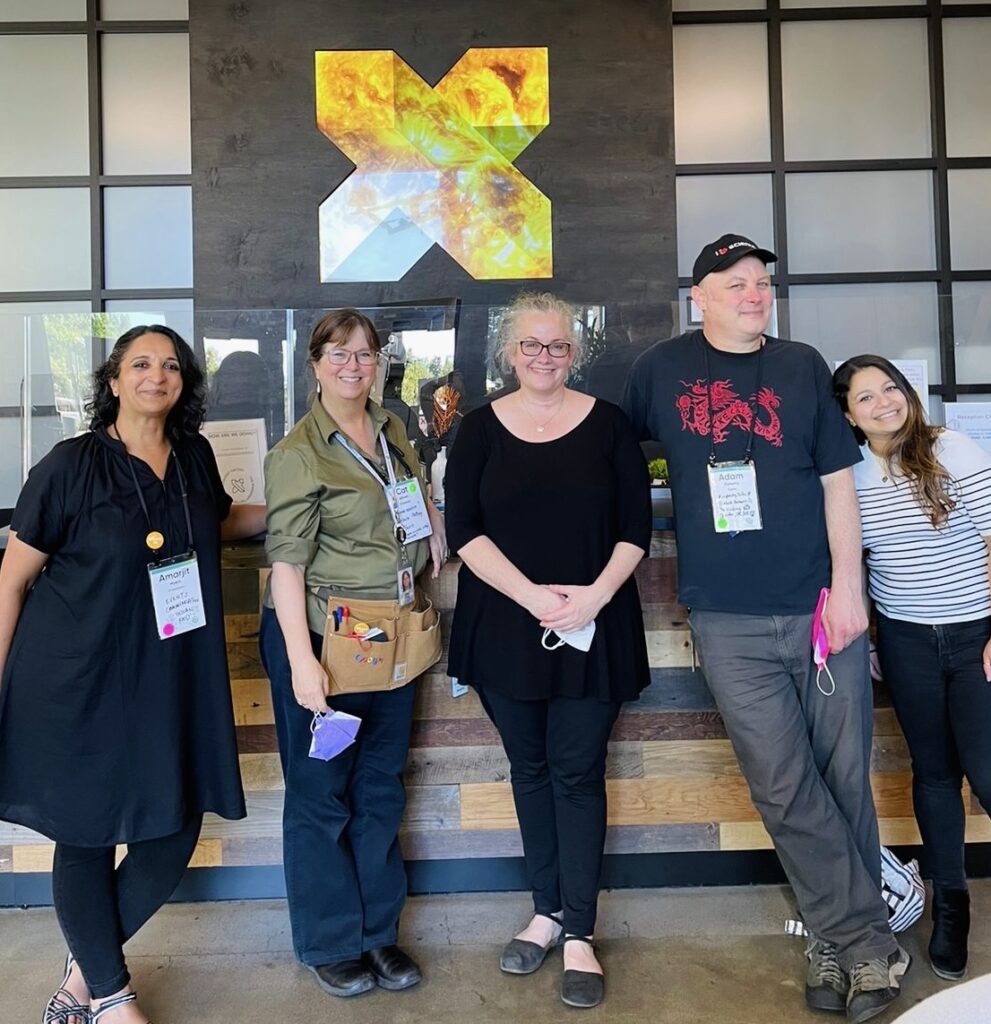Methodology refers to the systematic approach or set of procedures and techniques used in research or a specific field of study. It provides a framework for conducting research, collecting and analyzing data, and drawing conclusions. Here are some key points about methodology:
Research Methodology: Research methodology encompasses the overall approach and strategy used to address research questions or objectives. It includes the selection of research methods, data collection techniques, data analysis procedures, and interpretation of findings.
Qualitative Methods: Qualitative research methodology involves exploring and understanding subjective experiences, meanings, and social phenomena. It often uses methods such as interviews, focus groups, observations, and textual analysis to gather rich, descriptive data.
Quantitative Methods: Quantitative research methodology focuses on collecting and analyzing numerical data to examine patterns, relationships, and trends. It often employs surveys, experiments, statistical analyses, and mathematical models to quantify variables and make generalizations.
Mixed Methods: Mixed methods research combines both qualitative and quantitative approaches to gain a comprehensive understanding of a research problem. Researchers integrate and analyze qualitative and quantitative data to provide a more nuanced and comprehensive view.
Data Collection: Methodology includes selecting and implementing appropriate data collection techniques. This can involve surveys, interviews, observations, experiments, document analysis, or the use of existing datasets. The choice of data collection method depends on the research objectives and the nature of the research questions.
Sampling Techniques: Methodology involves determining the sampling strategy to select a representative sample from a larger population. Different sampling techniques, such as random sampling, stratified sampling, or purposive sampling, are employed based on the research objectives and constraints.
Data Analysis: Methodology includes the selection and application of data analysis techniques to interpret and make sense of the collected data. Qualitative data analysis may involve coding, thematic analysis, or narrative analysis, while quantitative data analysis often employs statistical techniques, such as regression, ANOVA, or factor analysis.
Ethical Considerations: Methodology addresses ethical considerations in research, including obtaining informed consent, ensuring confidentiality and anonymity, minimizing harm, and adhering to ethical guidelines and standards. Ethical considerations are essential to protect the rights and well-being of participants.
Validity and Reliability: Methodology emphasizes the importance of validity (the extent to which a study measures what it intends to measure) and reliability (the consistency and repeatability of research findings). Researchers employ various strategies to enhance the validity and reliability of their studies.
Research Design: Methodology includes selecting an appropriate research design, such as experimental, correlational, case study, or cross-sectional design. The research design provides the overall structure and plan for the study.
Literature Review: Methodology involves conducting a literature review to identify existing theories, studies, and frameworks relevant to the research topic. The literature review helps to situate the study within the existing knowledge and informs the research approach.
Iterative Process: Methodology acknowledges that research is often an iterative process, involving ongoing refinement of research methods and procedures based on emerging findings and insights.
Research Paradigms: Methodology is influenced by different research paradigms or philosophical approaches to conducting research. Common paradigms include positivism, interpretivism, and critical theory, each of which shapes the researcher's assumptions, worldview, and methods.
Sampling Methods: Methodology encompasses various sampling methods used to select participants or cases for research. Probability sampling methods, such as simple random sampling and stratified sampling, aim to provide representative samples, while non-probability sampling methods, such as convenience sampling and snowball sampling, are used when practical or specific criteria apply.
Research Instruments: Methodology involves designing and using research instruments to collect data. These instruments can include surveys, questionnaires, interview guides, observation protocols, or measurement scales. Methodology guides the development and validation of these instruments to ensure their reliability and validity.
Data Analysis Techniques: Methodology includes selecting appropriate data analysis techniques to analyze and interpret collected data. Qualitative data analysis techniques may involve thematic analysis, content analysis, or discourse analysis. Quantitative data analysis techniques may include descriptive statistics, inferential statistics, or data mining techniques.
Validity and Reliability Assessment: Methodology addresses strategies to assess the validity and reliability of research findings. Validity refers to the extent to which a study accurately measures what it claims to measure, while reliability refers to the consistency and stability of research results over time and across different contexts.
Research Ethics: Methodology emphasizes ethical considerations in research. Researchers are expected to adhere to ethical guidelines and standards, protect participants' rights and welfare, obtain informed consent, maintain confidentiality, and address potential conflicts of interest.
Pilot Studies: Methodology may involve conducting pilot studies or pilot testing to refine research methods and procedures before implementing the full-scale study. Pilot studies help identify and address potential issues or challenges in data collection, analysis, or participant recruitment.
Research Limitations: Methodology acknowledges and discusses the limitations and potential biases inherent in the research design and methods employed. Researchers address these limitations to ensure transparency and to provide context for interpreting the research findings accurately.
Reflexivity: Methodology encourages researchers to reflect on their own biases, assumptions, and subjectivity that may influence the research process and outcomes. Reflexivity involves acknowledging and critically examining the researcher's role in shaping the research and its interpretations.
Research Replicability: Methodology emphasizes the importance of research replicability, where other researchers can reproduce or repeat the study using the same methods and obtain similar results. Replicability strengthens the credibility and validity of research findings.
Methodology is a crucial aspect of research, providing the framework for systematic inquiry, data collection, analysis, and interpretation. By following sound methodological principles, researchers can ensure the rigor, validity, and reliability of their studies, contributing to the advancement of knowledge in their respective fields.
#Methodology #ResearchMethods #DataCollection #DataAnalysis #ExperimentalDesign #SamplingMethods #ResearchInstruments #ValidityandReliability #EthicalConsiderations #QuantitativeMethods #QualitativeMethods #MixedMethods #ResearchParadigms #HypothesisTesting #DataInterpretation #ResearchDesign #ControlGroup #ExperimentalGroup #Randomization #PilotTesting #ResearchEthics #DataValidity #DataReliability #Replication #Counterbalancing #FieldExperiments #QuasiExperiments #SingleSubjectExperiments #LongitudinalExperiments #QuasiRandomization










.jpg)




.png)


.png)


